Prada’s new US$1,200 sandal is an Indian classic. Is it cultural appropriation?
Was it an oversight or cultural theft? The Prada controversy highlights a simmering tension between global brands and traditional artisans
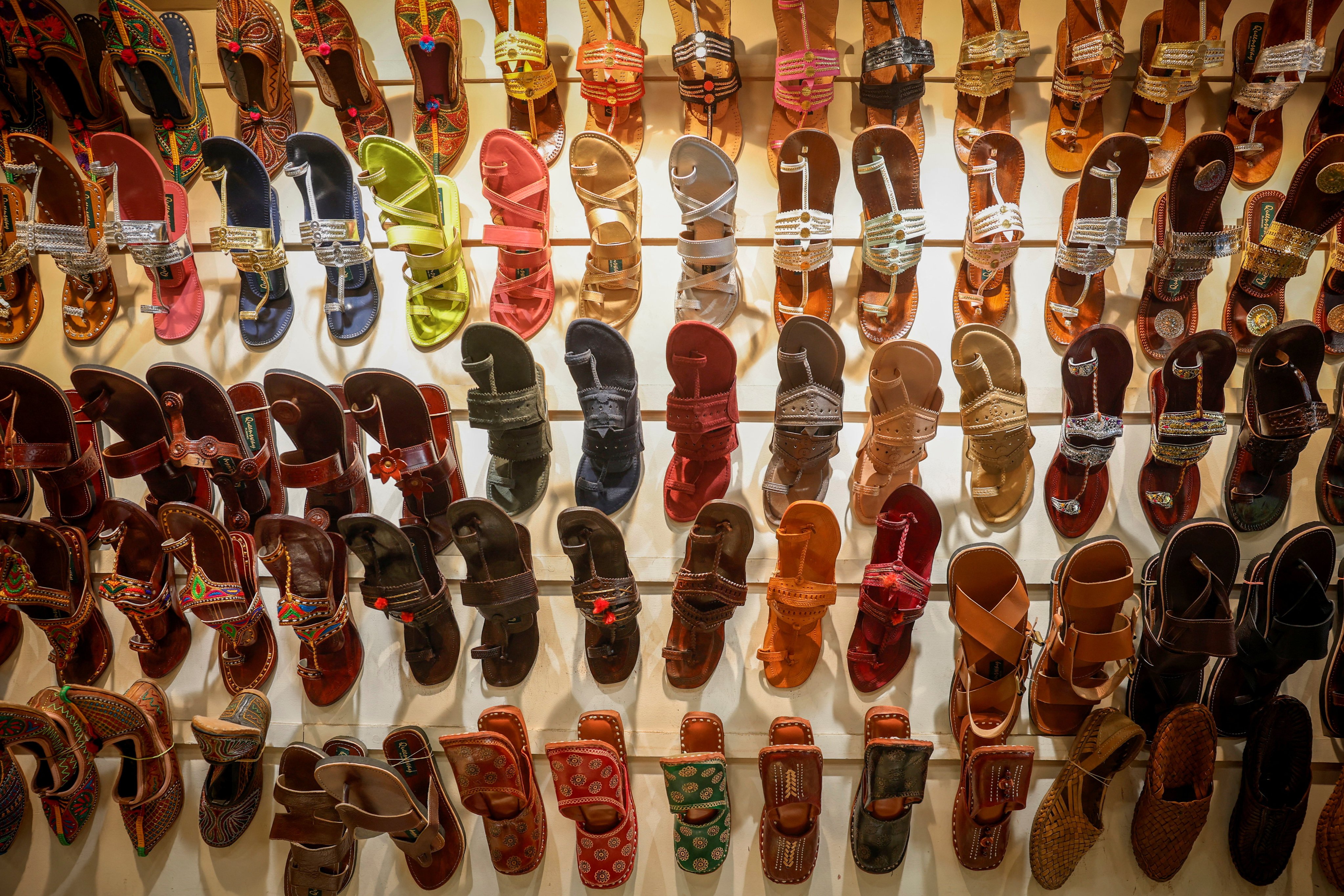
It began with a silhouette: supple leather, intricate stitching, the unmistakable toe ring of a Kolhapuri chappal. In Milan, it was hailed as luxury. In India, it was recognised as something far more profound – and its omission of origin as an affront.
When Prada’s latest design walked the catwalk at Milan Fashion Week last month, it carried with it a legacy. And soon after, a controversy that reignited questions of cultural respect.
The Italian fashion house’s latest collection, which included footwear bearing a striking resemblance to the centuries-old chappals, set off a firestorm of debate in India.
The initial absence of any mention of the shoe’s origins, born of a long tradition rooted in the bustling markets and dusty workshops of Maharashtra, prompted accusations of cultural appropriation and exploitation.
It took a wave of public outcry for Prada to acknowledge its debt. In a letter to the Maharashtra Chamber of Commerce, the brand conceded that its design was, in fact, “inspired by traditional Indian handcrafted footwear, with a centuries-old heritage.”
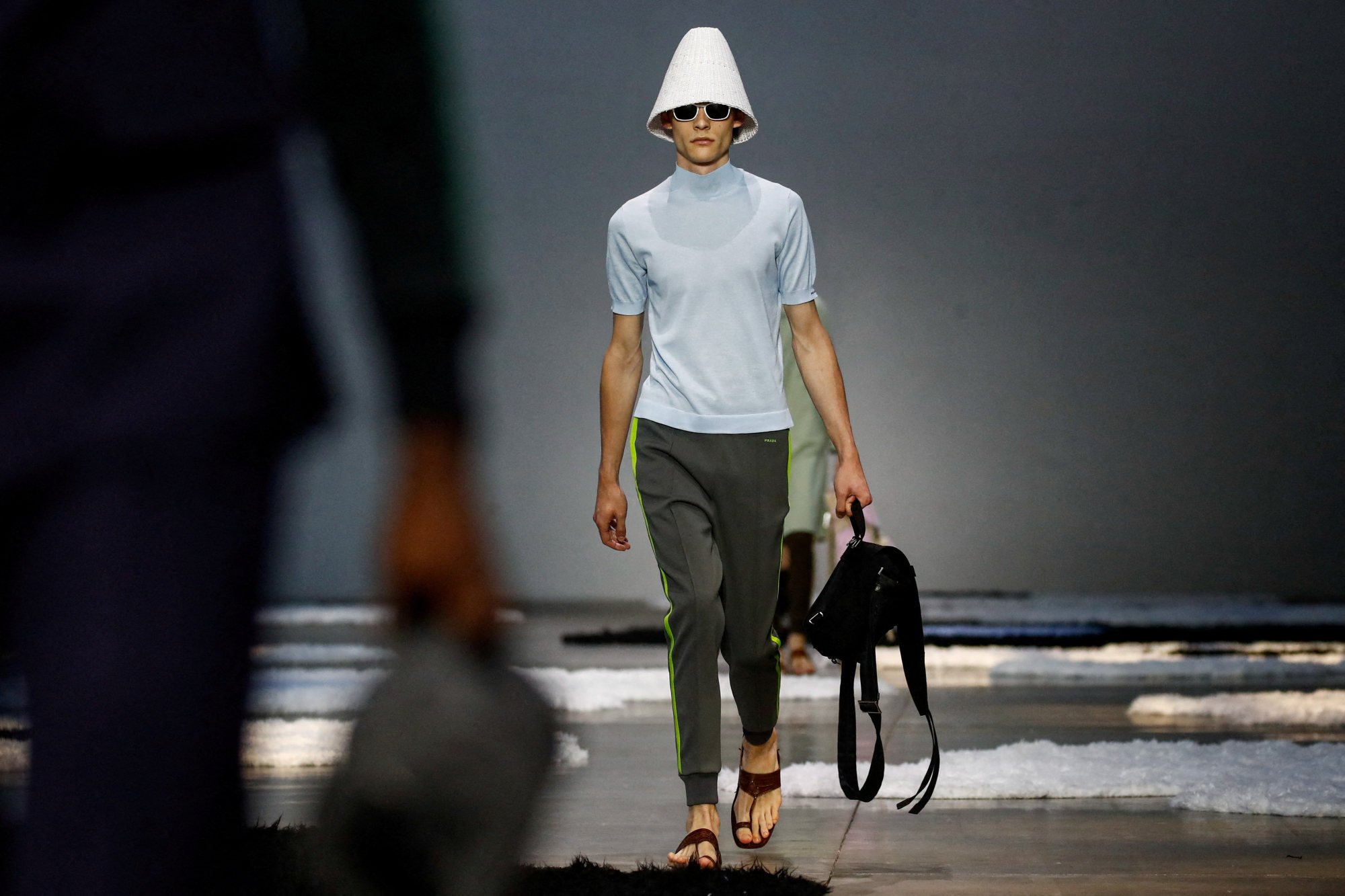
Kolhapuri chappals, crafted from buffalo hide tanned with natural dyes and assembled without a single nail, are more than mere footwear. They bear a “geographical indication” tag, a mark of authenticity and regional pride. For generations, they have been made by hand, often for a fraction of the price now commanding attention on Europe’s fashion runways.
The disparity was not lost on Harsh Goenka, chairman of Indian industrial and services conglomerate RPG Group. Taking to social media, he voiced the frustration of many, noting that “Prada is selling products looking like Kolhapuri chappals” for more than 100,000 rupees (US$1,200), he said. “Our artisans make the same by hand for 400 [rupees]. They lose, while global brands cash in on our culture. Sad!”
Waves of discontent reverberated online. “No mention of Kolhapuri, no credit to Bhartiya (Indian) artisans. Just a neat little appropriation wrapped in luxury branding. Who said colonialism is dead? It is alive, though in its other avatar. It now operates through ‘cultural theft’,” wrote Pranab Mahajan, a social media commentator.
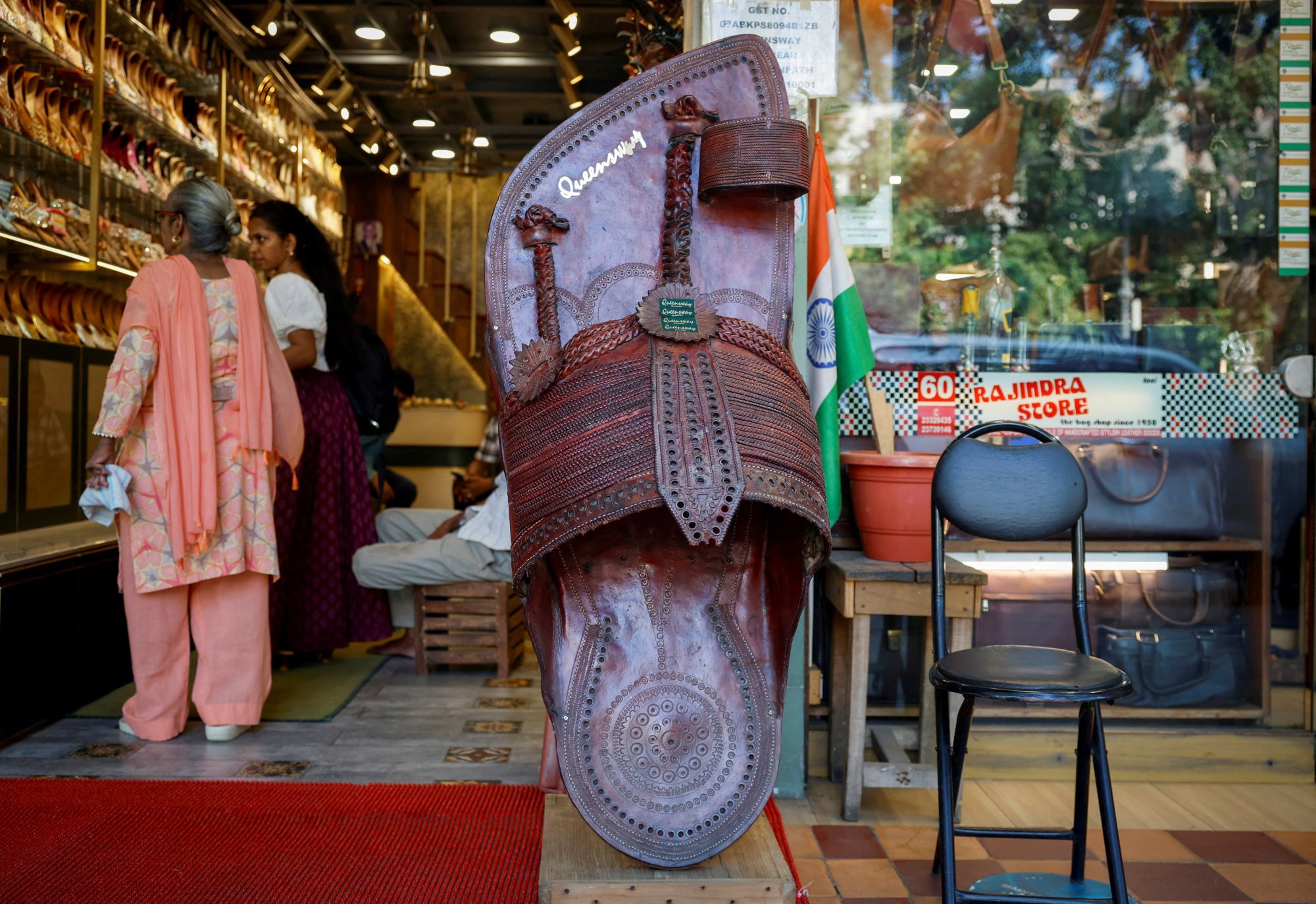
Many others called for a movement to elevate Indian artisans on the global stage.
“A sad yet classical example of why marketing is important. Until our artisans are treated like designers and storytellers, others will keep profiting off their silence,” Satyajeet Tambe said.
India’s artisan community is vast. The India Brand Equity Foundation estimates that there are around 7 million rural artisans, though unofficial figures suggest the true number could be as high as 200 million, forming the quiet backbone of the nation’s creative economy.
Some voices urged a more nuanced view, however. Lloyd Mathias, a New Delhi-based angel investor and business strategist, saw no malice in Prada’s actions.
“I don’t think Prada was doing anything devious. It is normal among global brands to use something like this which they think could be of value. But the fact that they did not credit Kolhapuri chappals was a miss for a global brand,” he said
By placing the chappal on the catwalk, Mathias argued, Prada had unwittingly offered an opportunity: “We should embrace these opportunities and see how our ethnic products like Jodhpuri shoes and Nehru jackets can be used to showcase fine Indian arts and crafts globally.”
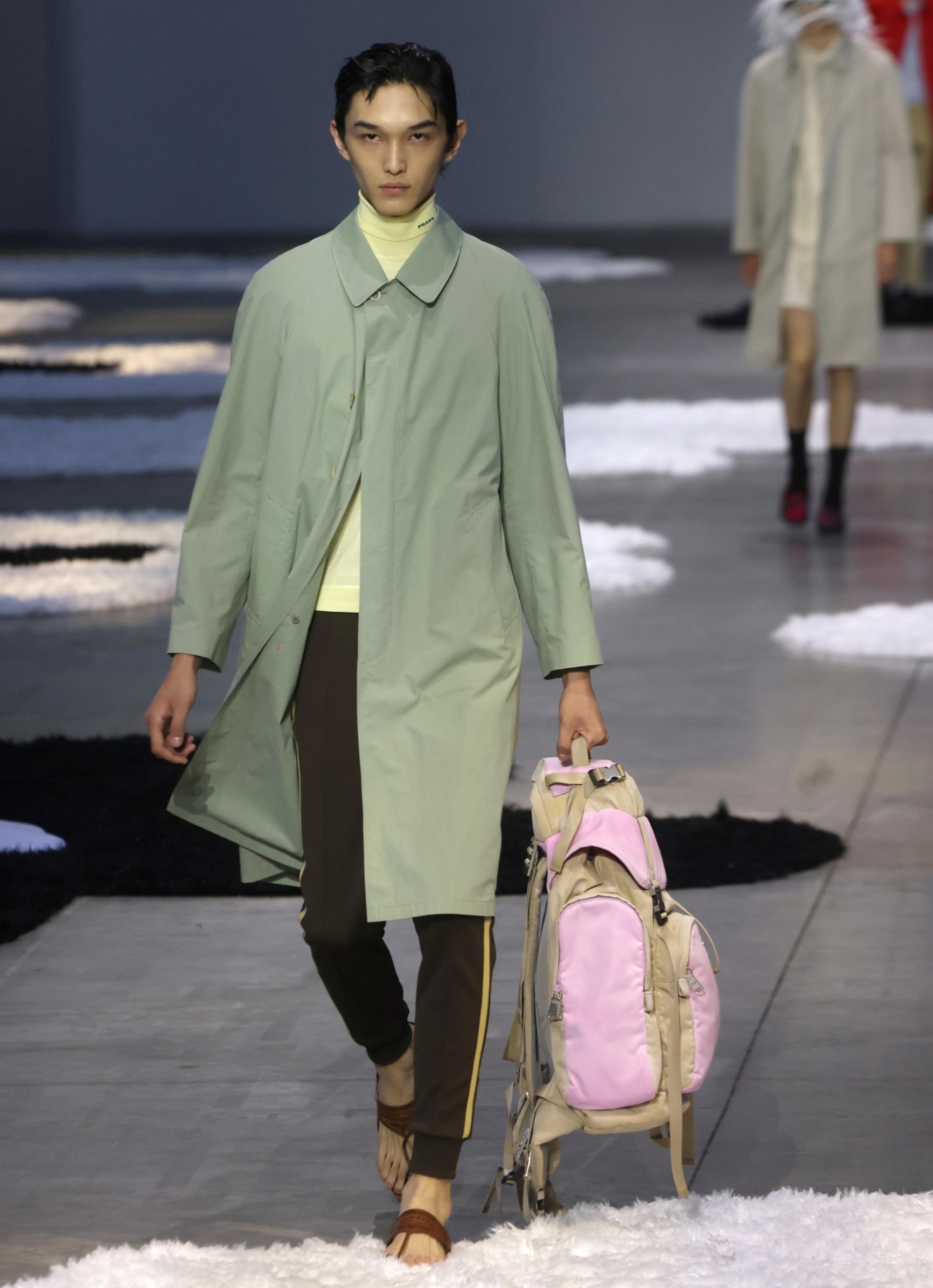
Mathias dismissed the uproar over pricing as misplaced. “I think this is normal in many societies. It is called the pizza effect in the south of Italy until Americans discovered it and then Italians appropriated it again. A lot of products go like that until their virtues are discovered by a global brand or platform.”
Other Indian garments – high-necked, closed-collar Bandhgala suits, for instance – have been gaining acceptance in Western wardrobes while attracting little controversy.
“The charm of designer brands is that they command a disproportionate premium. It is not a cost plus material pricing,” Mathias said. “I think it is unfair to peg the pricing to cost. At the same time, a brand should acknowledge the original creator and reward the end-creator.”
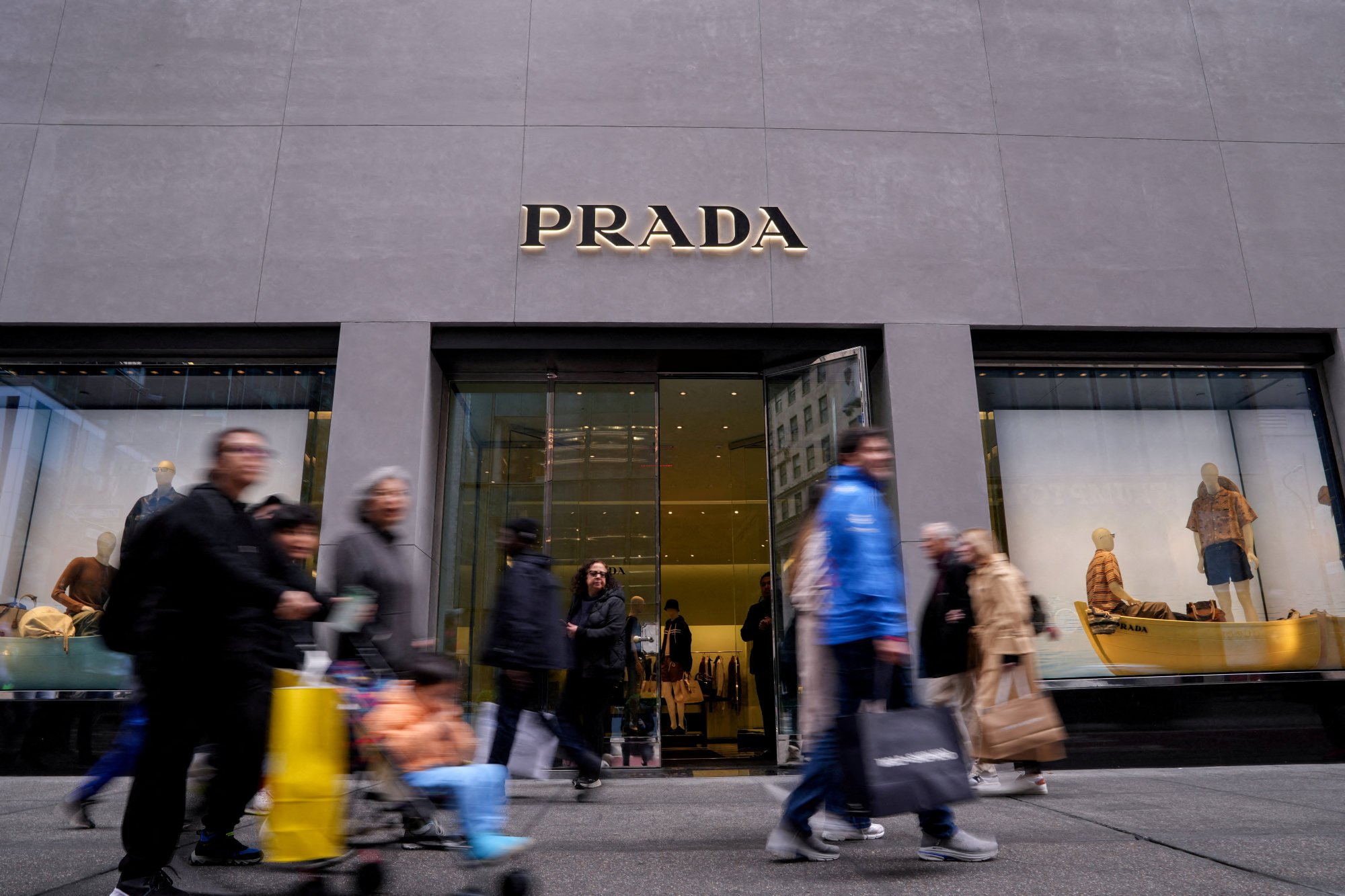
Cultural inspiration?
For many, the heart of the matter lay in the lack of recognition. “For Western companies to blatantly lift an ethnic Indian product is a form of arrogant colonialism, and that is wrong. It is irresponsible behaviour, and it goes against UN SDG (Sustainable Development Goals) for respecting culture,” said Rajiv Kohli, joint managing director of Creative Travels, a tour company specialising in cultural journeys.
“They could have easily said that these are slippers inspired by an Indian product. Nobody would have been offended,” he said.
Kohli contrasted Prada’s approach with that of Louis Vuitton’s recent Paris show, where US singer-songwriter Pharrell Williams, in collaboration with Indian music producer A.R. Rahman, celebrated Indian art to acclaim.
The set, designed by renowned architect Bijoy Jain, recreated the ancient board game Snakes and Ladders with vibrant pipes and minimalist flourishes, evoking nostalgia and pride.
Models wore pleated trousers, striped coats and leather footwear, carrying trunks inspired by traditional Indian cash boxes: each detail a tribute, not a takeover.
This episode should promote some soul-searching about how to take Indian products globalLloyd Mathias, business strategist
“It was about paying homage to the Indian theme. They did it in a way which was appreciated here,” Kohli said.
India is rich with ancient crafts, but Kohli cautioned that simply rebranding these treasures for the world was not enough.
“We can certainly do a better job of creating a venue and showcasing them,” he said, noting the keen interest shown by foreign tourists in Indian handicrafts.
In the wake of independence from British rule, India established the Central Cottage Industries Emporium in 1952 to champion its artisans and preserve their crafts.
But the rise of shopping centres and e-commerce has eclipsed these institutions, observers say, demanding a fresh approach to connect traditional makers with global consumers.
“This episode should promote some soul searching about how to take Indian products global,” Mathias reflected.
As the debate over the Kolhapuri chappal’s walk onto the world stage rages on, it is clear that the story is no longer just about a shoe, but about the long journey from the hands of artisans to the feet of fashion and the recognition owed every step of the way.